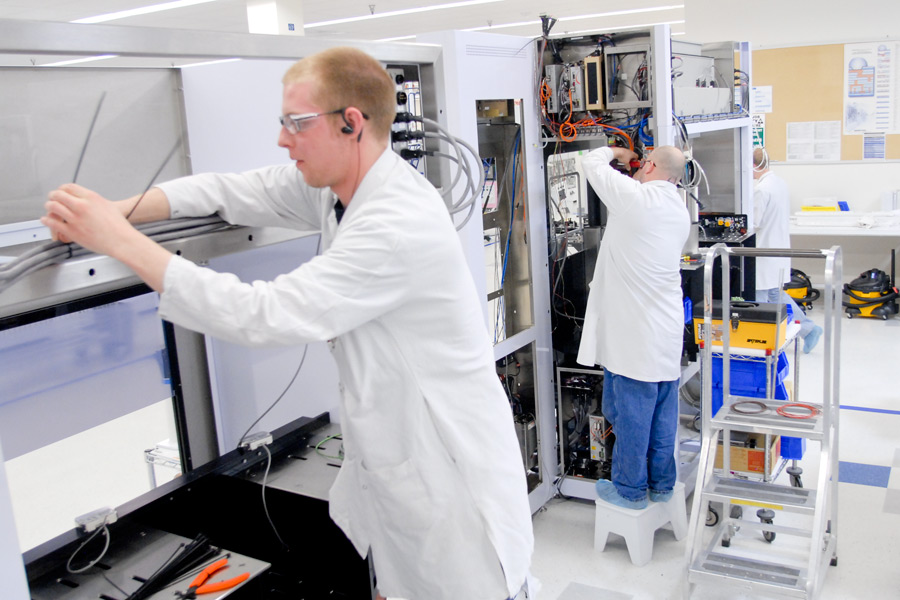Applied Materials, the world’s largest supplier of chipmaking equipment for smartphones and other cutting-edge technology, has placed 16 employees in Kalispell in a separation program.
Kevin Winston, head of corporate communications at Applied Materials, said the local employees have 60 days to apply for other positions within the company. If they do not, they will receive a separation package that includes severance.
“Placing employees in our separation program wasn’t an easy decision, but ultimately it was necessary for us to align our cost structure and headcount to remain competitive in the market,” Winston said.
Applied Materials currently has 544 full-time and temporary employees in Montana and roughly 21,000 worldwide, according to Winston.
Winston said the restructuring is due to volatility in the market. He said he does not foresee any other local workforce changes in the near future.
Last September, the company closed its manufacturing facility in Libby and offered 17 employees similar positions in Kalispell, where Applied Materials has operated a plating, packaging and cleans business unit for 10 years.
The primary Kalispell facility, formerly Semitool along West Reserve Drive, plays a key role in the Applied Materials supply chain, developing components used to create semiconductor and display technology that are then used by other companies to make the world’s most popular electronics, including smartphones. The company also operates an office on Birch Grove off U.S. Highway 2.
Last week Applied Materials said it plans to increase its investment in China to gain higher market traction. The California-based company aims to invest nearly $615 million for expansion in Asia over the next few years, Reuters reported. The company is targeting the Asian market a year after a proposed merger fell apart with Tokyo Electron of Japan, another global chipmaker. The U.S. Department of Justice said that combining the two companies would hamper competition in the industry.
The deal, valued at $9.39 billion and announced in 2013, would have created a new tech giant worth $29 billion that would have controlled more than a quarter of the market in the rapidly evolving digital sector.
